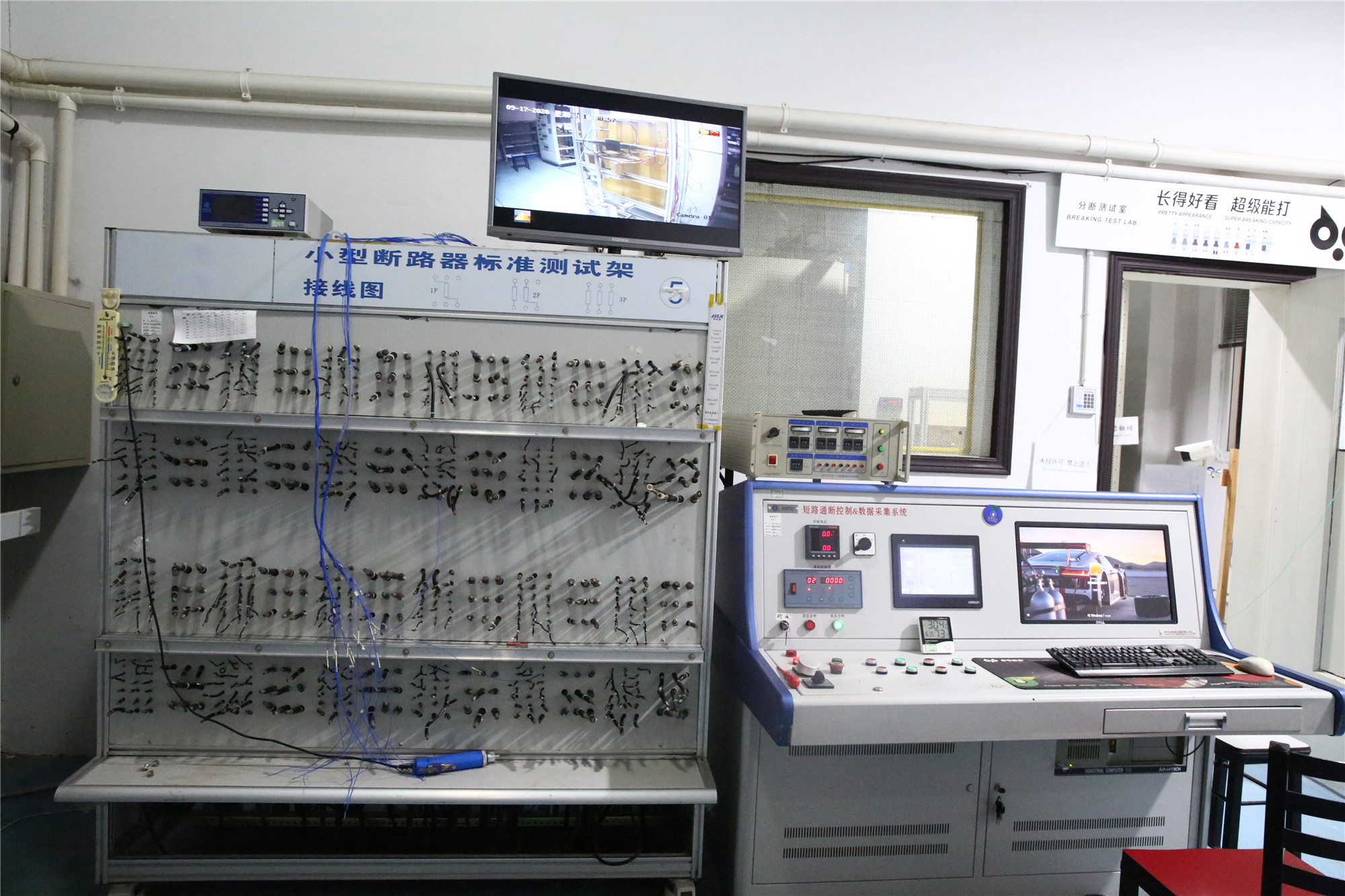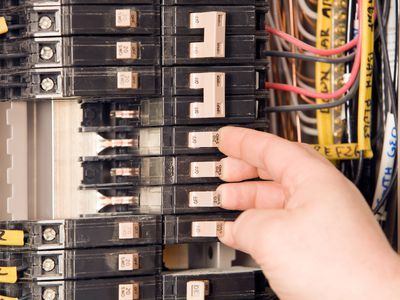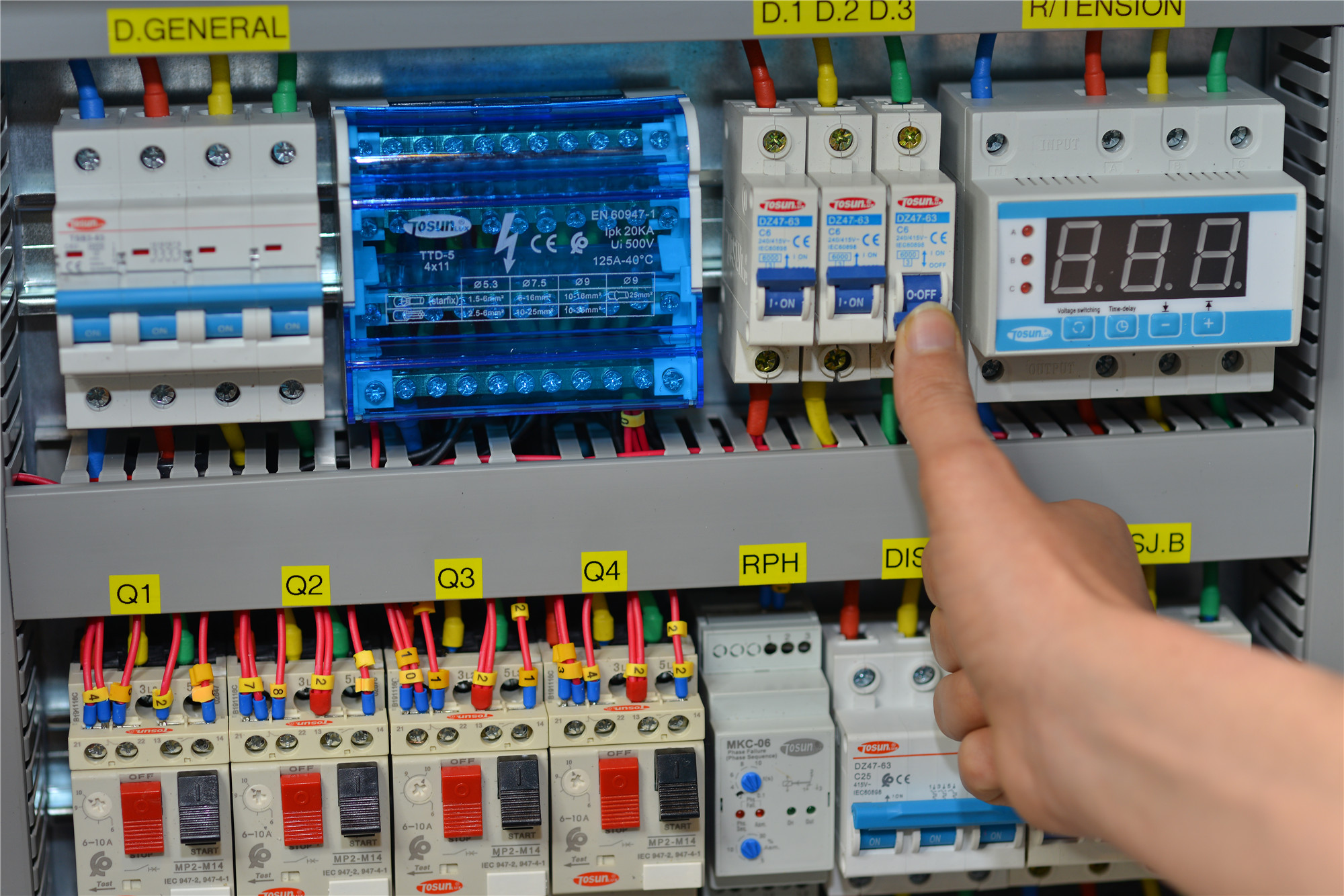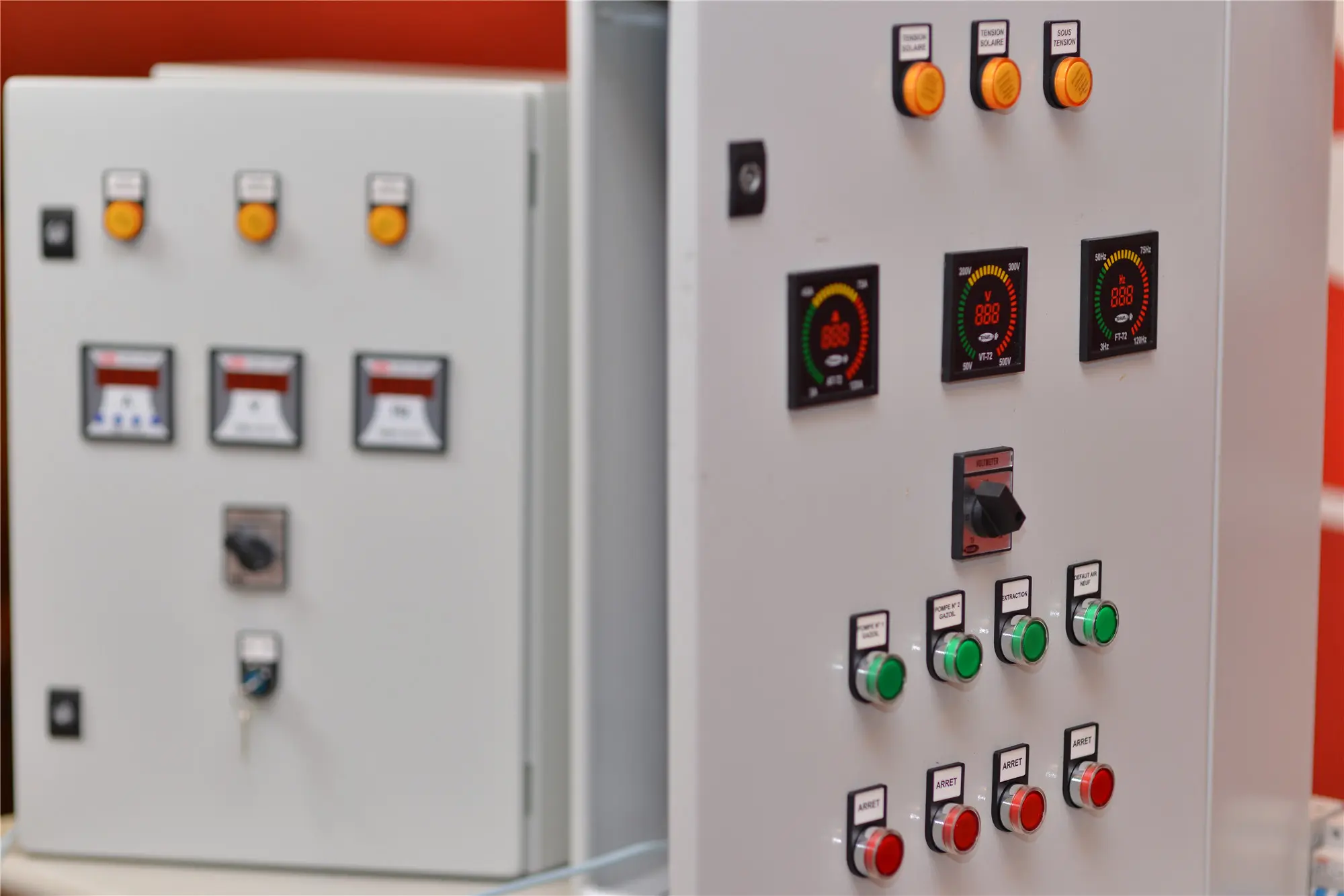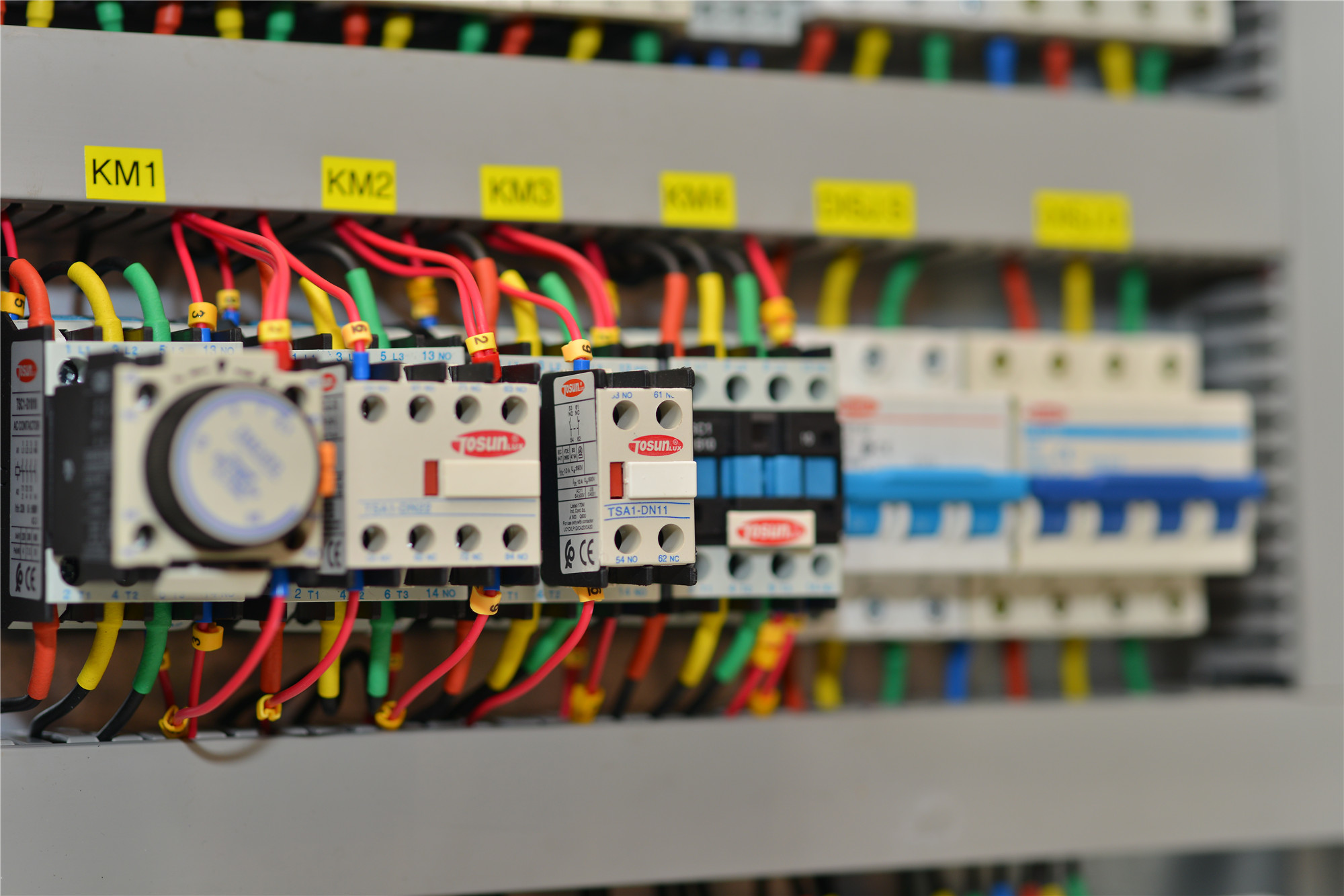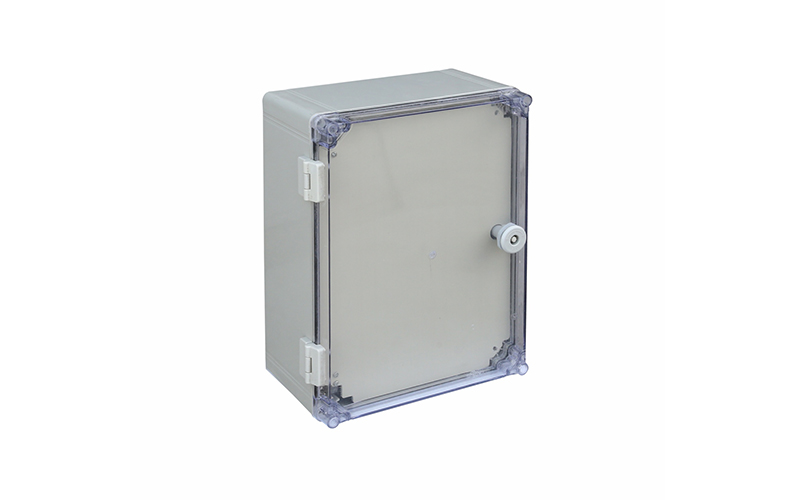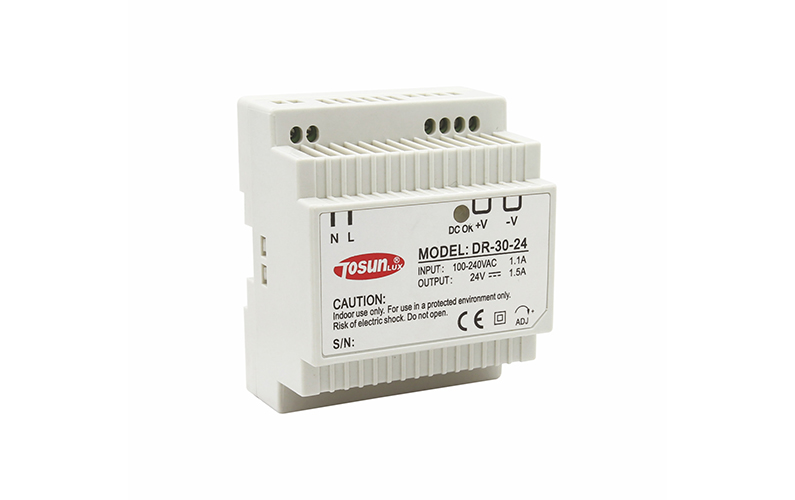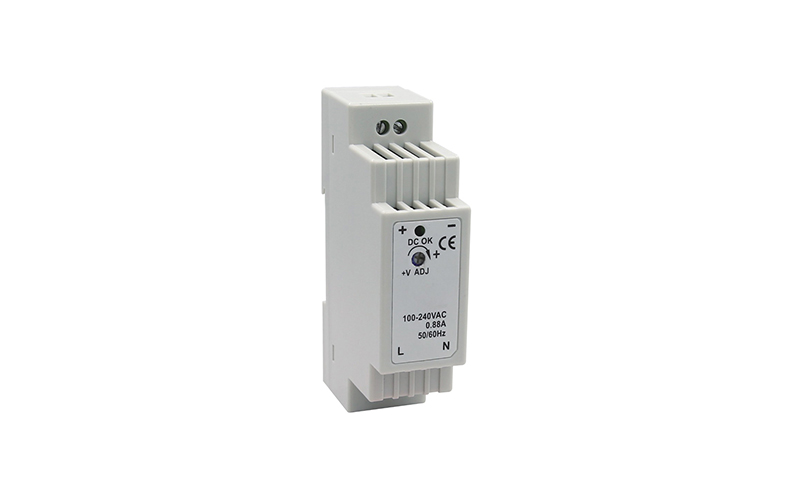How Do You Select The Right MCB Or RCBO?
28th Apr 2022
The MCB and RCBO devices are electrical protection devices used to protect downstream cables. Their selection should be based on the requirements of the wiring system. Type B circuit breakers are appropriate for domestic appliances and may also be appropriate for light commercial applications. Type C and D are designed for industrial applications and will withstand high inrush currents. To ensure proper protection, the MCB and RCBO must meet all safety standards and must be installed according to manufacturer recommendations. Choosing the right device for an installation is important. MCBs are designed to provide protection against overcurrent, short circuit, and earth leakage, while RCBOs provide protection against both overcurrent and earth faults. The two devices work differently, so it is important to know how to choose the correct one. If you want to buy an MCB or RCBO, we can help you. Follow this guide to select the right MCB or RCBO. What Is A Miniature Circuit Breaker? The MCB is one of the smallest types of the electrical breaker. This type of breaker is used in small electrical systems and for homes. It is small and easy to install. Most miniature circuit breakers use a combination of thermal and magnetic tripping mechanisms. This design allows the MCB to identify overcurrent faults more quickly. The breaker will shut off the power within 2.5 milliseconds, but this will depend on the size and number of fittings. The breaker operates through the thermal or magnetic trip. The thermal breaker has a bimetal strip surrounding it and a […]
Read More : +86-139 0587 7291
: +86-139 0587 7291 English
English Español
Español Русский
Русский Français
Français العربية
العربية Português do Brasil
Português do Brasil Українська
Українська Türkçe
Türkçe Polski
Polski Nederlands
Nederlands Italiano
Italiano Bahasa Indonesia
Bahasa Indonesia हिन्दी
हिन्दी اردو
اردو አማርኛ
አማርኛ Հայերեն
Հայերեն ไทย
ไทย Монгол
Монгол فارسی
فارسی Shqip
Shqip Ελληνικά
Ελληνικά
